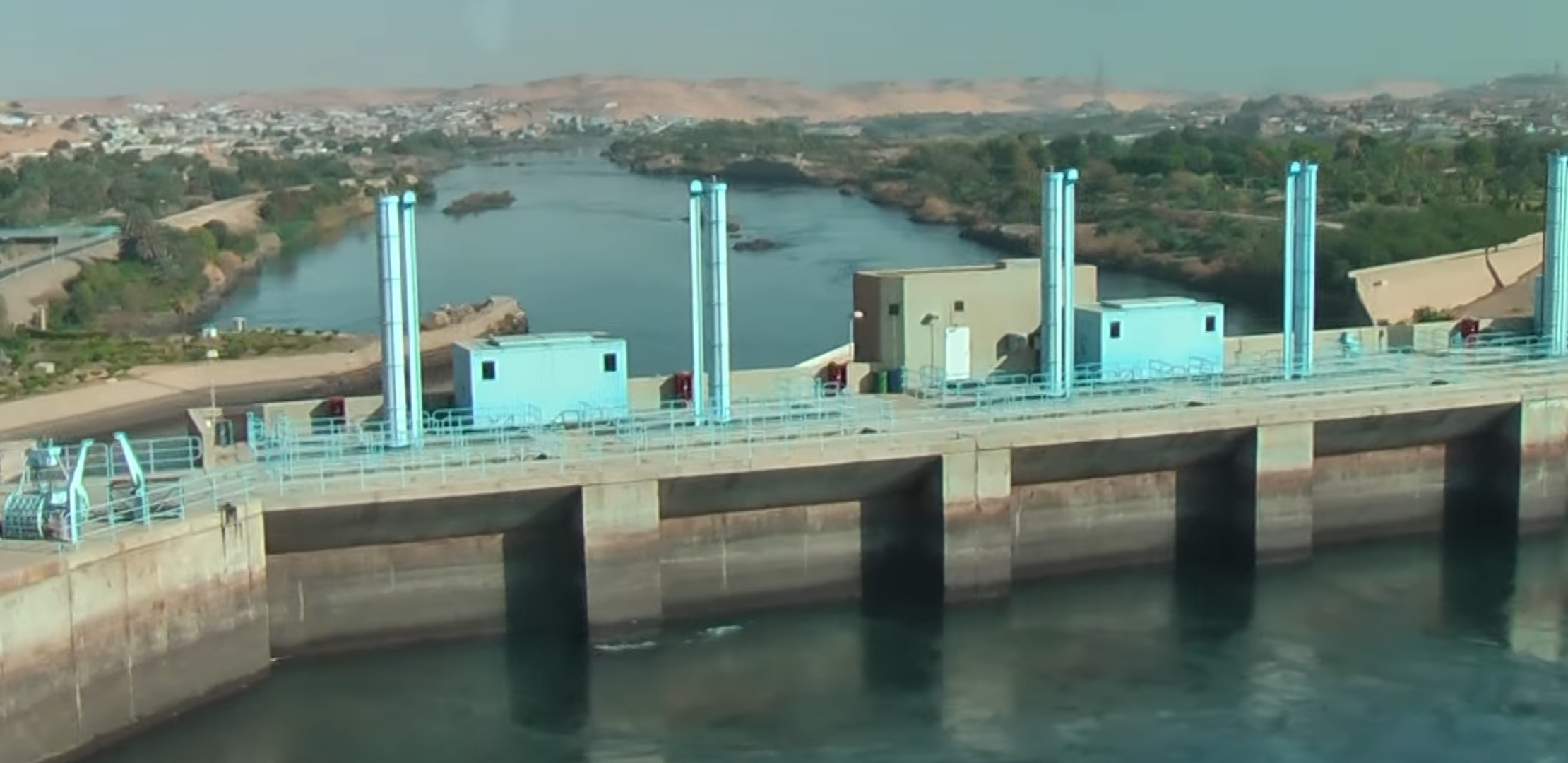
September 21, 2019
Andrew Campbell
There are big cracks between Egypt and Ethiopia about establishing new Nile dam. In 2011, Grand Ethiopian Renaissance Dam (GERD) made an announcement of becoming the largest power exporter in Africa with a capacity of 6,000 megawatts. Ethiopia declared that the dam would start operating and generating electricity by the end of 2020 after Ethiopia officially rejected the Egypt’s proposal. The Egypt side believes that Ethiopia’s proposal is “unfair and inequitable”.
Egypt proposed to Ethiopia to manage the flow of water during the drought period and to provide annual water volume to Egypt. It takes two years for the first stage of the GERD reservoir to fill 595 meters, and Egypt suggests that if drought occurs during these two years, Ethiopia should delay construction to maintain the water volume of the Egyptian dam. Without this guarantee, Egypt would lose $1.8 billion in economic output and $300 million in electricity. After completing the first stage, GERD should release at least 40 billion cubic meters of water per year.
Slieshi Bekele, the mister for water, irrigation and energy of Ethiopia, believes that the Egypt’s plan only benefits Egypt itself. Egypt did not consider the previous proposal, possibly violating Ethiopia's sovereignty. Therefore, Ethiopia officially rejected Egypt’s proposal for a $4 billion dam construction operation and said it would put forward counter suggestion.
Egypt has always relied on the Nile to get 90% fresh water. They worried that after the new dam construction, it would bring economic benefits such as drinking water, agriculture and industrial development to Ethiopia and Sudan, which would affect the water consumption in Egypt. This has an impact on the survival of Egypt.
If Egypt, Ethiopia, and Sudan do not reach a consensus before the operation of GERD, it may cause an inadvertent crisis.
Photo:Webshot.
